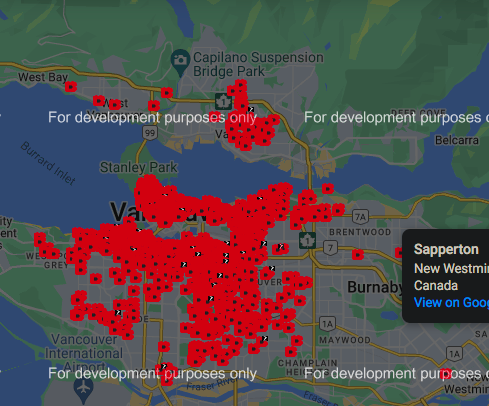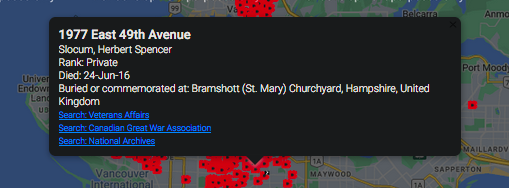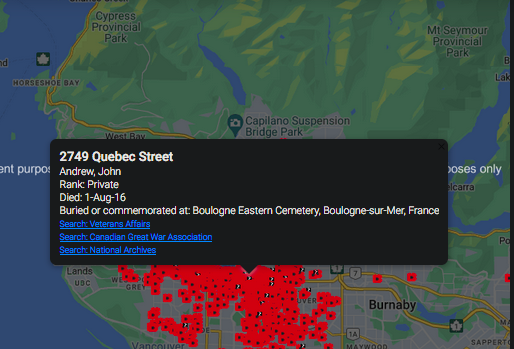

The Monument's Men
Tell their stories
The Monument's Men
Tell their stories
Adopt an Anzac
Years 7-10
ACTIVITY: Adopt an Anzac and tell their story. Research a member of your own family, complete the monuments activity below or click the, ‘Adopt an Anzac,’ button below to receive the file of a random New Zealand Soldier from the Great War. Share with us what you learned about your community’s Great War history. What you send us through the ‘contact us’ form, we’ll put on our community page for everyone to see. Be sure to check out the Community page on this site to see what other students learned.
Discover Your Family’s ANZAC Story:
Do you know how your family has been affected by war?
It’s up to you to find out…
How do I find out about my family’s history?
Talk to your family
Speak to members of your family to find out the names of your ancestors. See if anyone in your family has any old files or photos of your family members. If your family has your any medals, check the rim of the medals for the name and number of the soldier who was awarded them.
If they served in the armed forces, get their war records
Search your ancestor’s name in the online cenotaph. Follow the guide in the video below to see how to get their war records through the online cenotaph.
Other sources
Look at your local monuments and Rolls of Honour to see if you can find your ancestor's name. Search Paperspast for any mention of your ancestor in local papers (see the video below for how to use this site). Use the information you have gathered to see how your family has been affected by war. Find out where they may have fought or died, what their job was during the conflict and how war changed their lives. Research the events they were involved in further and provide an explanation of the significance, causes and consequences of these events (battles, pandemics, refugee crises and more). While you can probably find all you need to know using the resources we have mentioned here – which are free – you may find more on Ancestry.com.
The Monument’s Men:
As a class, visit your local town or village’s war memorial. These monuments were erected after the war to commemorate the soldiers who fought overseas from your community. An example of this activity is shown below in the tutorial video. Once you have done your research on your soldier, why not share what you found with your local community? Perhaps your local town hall or school can create a space to display your research into your community’s history? You are also welcome to share your work with us so we can upload it to our community page. Just hit the button at the bottom of this page: ‘Let us Know What you Found.’
Monument activity guide:
Visit your local village or town’s World War 1 memorial or monument
Pick a name off the memorial and take a photo or note it down. If your soldier has a number next to his name, be sure to record that too. Some memorials also note the soldier’s rank, for example ‘Pte’ meaning Private or ‘Sgt,’ sergeant. You can find a guide to all the rank abbreviations on this website: https://www.zooniverse.org/projects/zooniverse/measuring-the-anzacs/about/faq#abbreviations-for-ranks
Return to your school and either in groups or individually, prepare to research your soldier
Search for your soldier in the Auckland Memorial Museum’s Online Cenotaph here: https://www.aucklandmuseum.com/war-memorial/online-cenotaph
Note down any useful information about your soldier on the Online Cenotaph, then look below to find the link for their war records on the National Archive’s website. You can see how to do this by viewing the guide video above
Take a look at your soldier’s war records. Sometimes, the handwriting can be hard to read, so be sure to ask your teacher or parents if you get stuck. Your grandparents may have even been taught cursive – which is the name for the old fashioned joined-up handwriting – at school and may be able to help you too
You can download any of the pages from the war records that give you information about your soldier. Some questions you may find the answers to include: Where did they list their address? Is there house still there? Were they wounded or killed during the war? What rank did they receive and were they promoted or demoted? Did they win any medals for gallantry? How old were they? Where did they fight? What did they look like (there is usually a description of the soldier in their medical records if they are included)? Did they volunteer to fight or were they conscripted?
Hopefully, you will have got quite a full picture of who your ANZAC was. It is also worth checking out Paperspast (https://paperspast.natlib.govt.nz/newspapers), where you can find old newspaper records. Try searching for your soldier’s name and home town in the search engine there. You may be able to find out more about their family and life before or after the war. Sometimes, you may find your soldier played an active role in the community or was honoured there with either a place or road being named for them
Do any further research into the aspects of the war relevant to your soldier, some good places to look are: New Zealand History, National Library, Archives New Zealand, your school library and our website
Present what you have learned about your soldier. You could do this in any number of interesting ways: Create a video, poster, powerpoint presentation or write a story about them using the information you have gathered
Measuring the ANZACs:
Measuring the Anzacs is a citizen science project started by Evan Roberts of the University of Minnesota. The goal of the project is to preserve the memory of our veterans by transcribing and marking their military records. To do your part, mark and transcribe the files of a veteran now.
To get started click, "Adopt an Anzac." Once you've found one of our veterans, tell us 5 five things about them below through our social media or email them to us so we can share their story, find out how to do this below.
A lot of files will have abbreviations on them so if you get lost, check out the field guide here: https://www.measuringtheanzacs.org/#/field_guide
Measuring the Anzac gets you to type on a history sheet for a randomly selected soldier. From there, click on the purple squares and hit the pencil button.
You'll then be asked to write down what you see in the textbox. It can sometime be hard to read the handwriting of our veterans because of their cursive style, if you can't figure it out, simply move on.
Once you've marked the sheet, tell us what you found! What was their name? What did they do before the war? Contact us with the information you've researched and we'll add a page on this website about the Anzac you've found. Contact us through the button below.
Other Ideas for Local History:
An interesting idea from Canada…
If you have completed our monument activity above, you may have found the original addresses of the soldiers who came from your community. It is entirely possible that you may even notice some of the houses are still there. As an interesting way of showing the impact of the Great War on ordinary people, a fascinating effort was undertaken in Canada by Global News to map where the soldiers from the Vancouver local community came from. Each soldier’s address is marked with a poppy here: <https://globalnews.ca/news/956331/mapping-vancouver-casualties-from-the-first-world-war/>.
The map is interactive and each mark corresponds with a soldier who’s file can be called up via a link. Interestingly and of course tragically, some of these soldiers met their fate during the war. This could certainly be the case for ANZACs you researched in your own community. You could make your own Google map online by following this guide <https://support.google.com/mymaps/answer/3024454?hl=en&co=GENIE.Platform%3DDesktop> or you could make a physical map as a class and annotate it with the soldiers you find.
The Walking with an Anzac Project
This project employed a resource kit that is no longer available however, the website made for it is still operation and offers some useful tips for activities with students. You can find the resources for this project here: <https://www.walkingwithananzac.co.nz/teacher-resources> and some of the individual stories here: <https://www.walkingwithananzac.co.nz/soldierrecords>.
When the project was completed, this article was written going over what it achieved <https://nzhistory.govt.nz/te-akomanga/contexts-activities/events-anzac-day-remembrance/school-kit?fbclid=IwAR1E8Zg9LgZeRo5mz_HPhCnglp-gfSogDA7c9-geWVf3rLWWaq2bvtOz9Pk>.
The team that made the original resource also make new history resources found here: <https://www.schoolkit.co.nz/aotearoa-nz-histories>.
Gone West: Great War memorials of Waitakere and their soldiers
This book deals with the stories of soldiers from Waitakere and the memorials and sites which commemorate their service. If you are a school in the Waitkere region, then your local history project will certainly benefit from this reference.
From Papanui To Passchendaele
While the original website no longer works, some elements of this project remain and may help schools and students from the Christchurch area.
These links will direct you to some related projects and stories which focus on the local Great War history of the Papanui area of Christchurch:
<https://www.scoop.co.nz/stories/CU0904/S00216/from-papanui-to-passchendaele.htm>
<https://canterbury100.wordpress.com/2014/05/15/papanui-to-passchendaele/> (Do NOT click the image or the first red link on this page, they redirect to the original website which appears to have been taken over/hacked, this link should have some useful information on it however)
<https://canterbury100.wordpress.com/> (the rest of the Canterbury 100 years ago site may also be helpful









